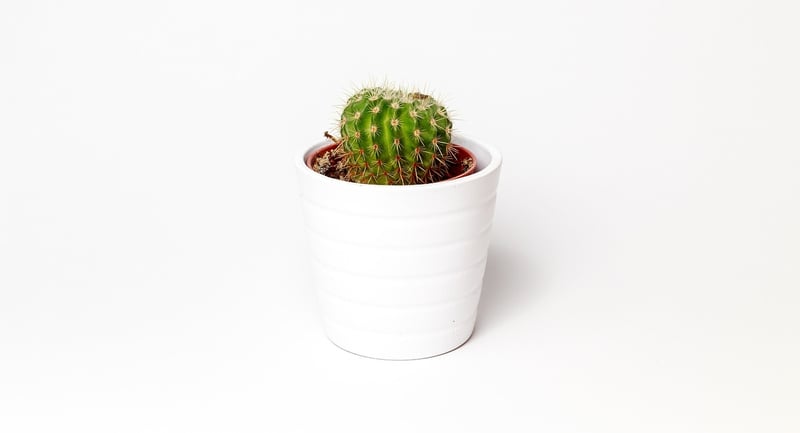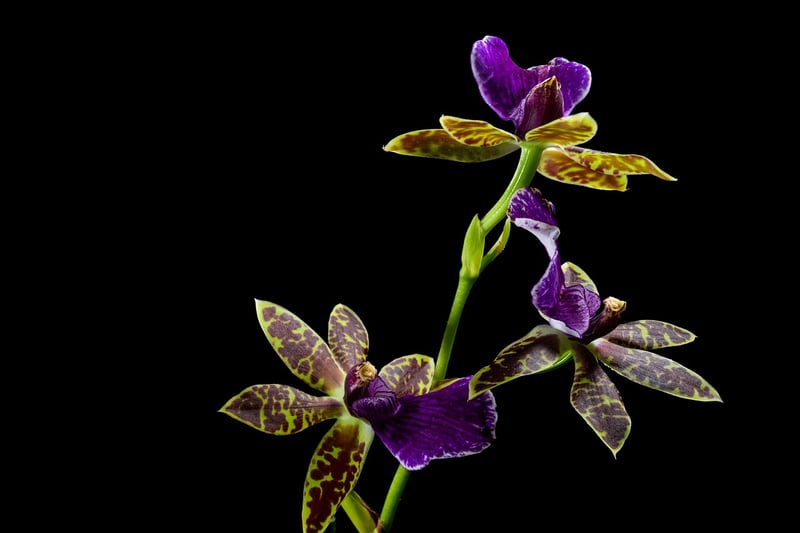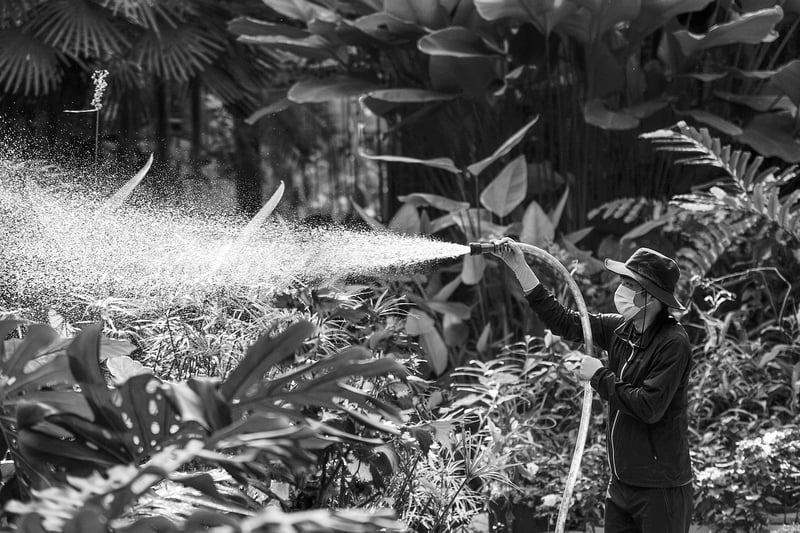Plant Watering
Tips for Healthy Plants
Introduction
Having healthy plants not only adds beauty to your surroundings but also benefits your well-being. Here are some tips to help you maintain thriving plants in your home or garden.
1. Choose the Right Plant
Before purchasing a plant, consider your space, lighting conditions, and maintenance abilities. Select plants that are suitable for your environment to ensure they thrive.
2. Provide Adequate Light
Plants need light to carry out photosynthesis, so place them in spots where they can receive the right amount of sunlight based on their specific needs. Consider natural light or artificial grow lights.
3. Water Wisely
Watering is crucial for plant health, but each plant has different watering requirements. Research your plant species to determine how often and how much water they need. Overwatering can be as harmful as underwatering.
4. Maintain Proper Humidity
Some plants thrive in high humidity, while others prefer drier conditions. Mist your plants, use a humidity tray, or group plants together to create a microclimate that suits their needs.
5. Fertilize Regularly
Plants require nutrients to grow, so fertilize them according to their specific needs. Choose a balanced fertilizer or one tailored to the plant type and feed them during the growing season.
Plant Watering Guide
1. Succulents
- Water sparingly, allowing the soil to dry out between waterings.
- Ensure good drainage to prevent root rot.

2. Ferns
- Keep the soil consistently moist but not waterlogged.
- Mist your ferns regularly to maintain humidity.

3. Orchids
- Water orchids sparingly, allowing the roots to dry out between waterings.
- Avoid getting water on the leaves to prevent rot.

By following these tips and understanding your plants' needs, you can create a nurturing environment for them to thrive and enhance your living space.
